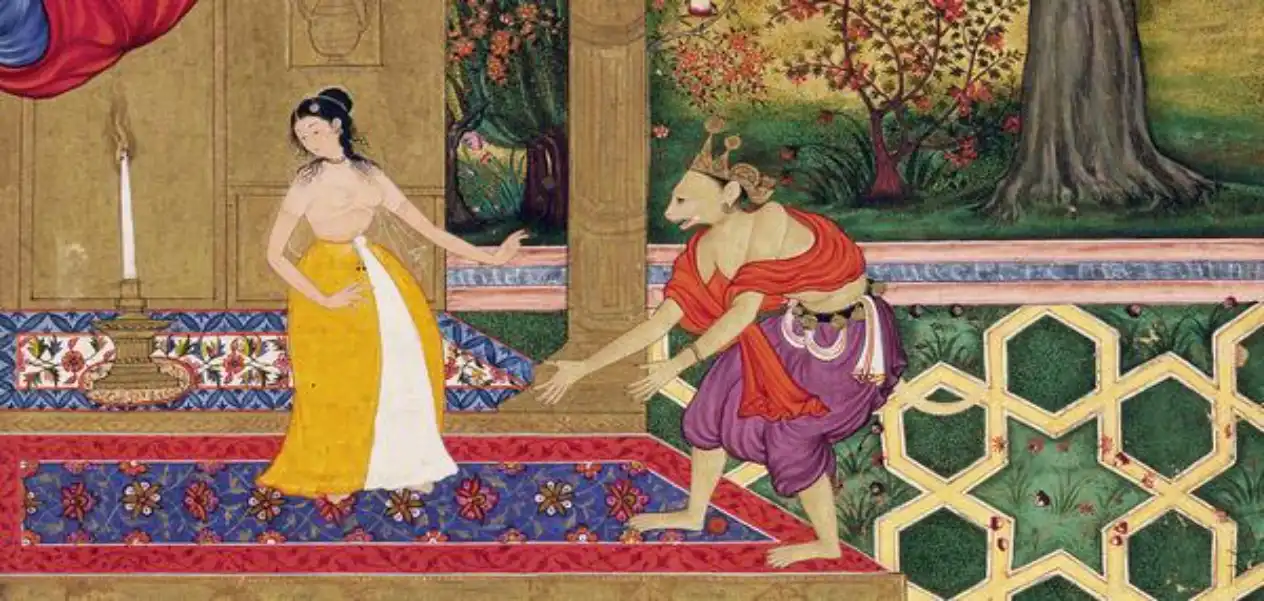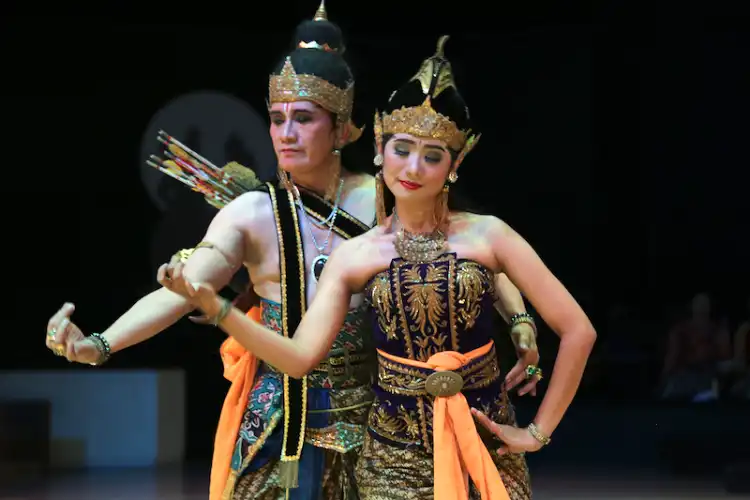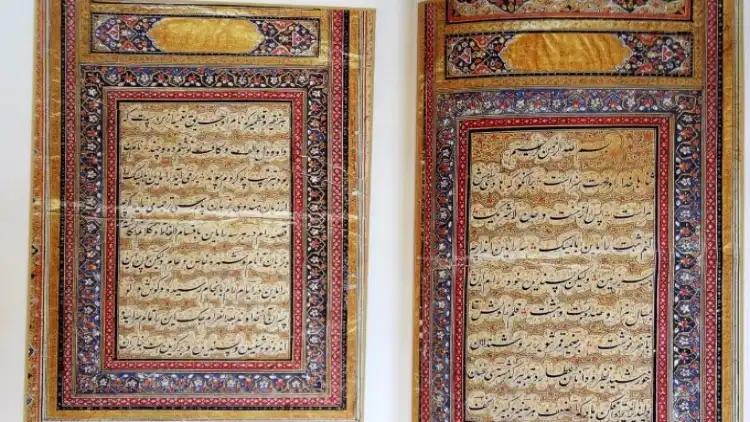
Ghaus Siwani, New Delhi
If Lord Shri Ram is worshipped by Hindus, he has also been revered by Muslims of all ages. His birthplace Ayodhya is not only holy for Hindus, but for Muslims too. Muslims were the first to make the Ramayana accessible to the world by translating it into a book form. This shows the deep connection of Muslims with Lord Shri Ram and the great epic Ramayana.
The story of Ram as written in Ramayana has been presented to the rest of the world in Persian and Urdu in prose form and this is largely done by Muslims.
An Islamist poet like Allama Iqbal has also written a poem titled "Ram" in which he pays great homage to Lord Shri Ram. Maulana Zafar Ali Khan, who is famous for writing poems on Islamic themes, also appears to have composed a portion of Dastan Ram.
Just as the story of Ramayana is popular in India, it is also popular among the people of Indonesia and Afghanistan. The longest-running Ramlila is in Indonesia and has a Muslim population.

Maulana Abdul Qadir Badayuni's Persian translation of Ramayana
The contribution of Muslims in popularizing the story of Ramayana and bringing it to the masses has been immense. As long as Ramayana was available only in the Sanskrit language, it was within the reach of only the elite, but when it was translated into Persian and Awadhi, it became accessible to all.
Mughal ruler Jalaluddin Muhammad Akbar was the first to have it translated and illustrated. Till that time it was not translated into any language of the masses. Tulsidas first translated it into Odhi and then on the orders of Akbar, Maulana Abdul Qadir Badayuni, a well-known historian and scholar of that era, translated it into Persian.
After that, the epic was translated into many other languages. So far Ramayana has been translated into most languages of the world. Today 23 Persian Ramayas are available in the world. Akbar's courtier Abul Fazl has written that this work was done on the order of the Emperor.
A translated version of the Ramayana of Akbar era is the ``Ramayana-i-Masihi''. It is a verse translation and was in the custody of Akbar's mother, Hamida Bano Begum alias Maryam Makhani, who was fond of books.
A Persian version of the Ramayana has also been found, that of Prince Dara Shikoh. Dara Shikoh's poem Ramayana "Nazm Khushtar" is also unique in that it begins with Bismillah ur Rahman ur Raheem. Persian translators of the Ramayana included both Hindus and Muslims.

A scene from Ramayana in Indonesia
Just as the Ramayana was translated into the Persian language, the same was done in Urdu poetry and prose. Both Muslims and Hindus were among those who adapted Ramayana into Urdu. Even in recent times, many Muslims are a part of this story.
Like India, Lord Shri Ram is revered in Indonesia and this tradition has been going on for centuries. Indonesian Muslims have Rama in their rooms and consider the story of the Ramayana as part of their culture.
According to tradition, the story of Ramayana was brought here by Indian traders. Among the first religions to arrive in Indonesia were Hinduism and Buddhism. Islam, introduced to Indonesia by Indian traders from Kerala and Gujarat in the 16th century, quickly gained popularity. It is still influenced by Sufis and has never come under the influence of extremists. 95% of Indonesians practice Islam, but they still believe in harmony.
Ordinary Indonesian Muslims are aware of the history and religion of their ancestors and accept their current duties as Muslims with respect.
In Muslim-majority Indonesia, Hindus make up less than 2 percent of the population, but Lord Shri Ram is an important part of the culture here. This culture is alive not from Hindus but from Muslims. Even the scholars here do not oppose it and do not call it shirk and innovation.

Dara Shikoh's Persian Ramayana
Various festivals associated with Shri Ram are celebrated here like Ram Nomi, Dussehra Diwali, etc. Every Tej and festival is celebrated here in the same way as in India. Diwali is a major festival here in Bali, Sumatra, and Sulawesi, West Papua. Diwali rituals start 30 days before. Some people fast for 30 days. During these 30 days, people decorate their houses. Light the lamps.
In some places, Diwali is celebrated as the victory of dharma over injustice. In the local language, it is called "Galungan". The largest cultural center of Hinduism in Indonesia is Prambanan Temple located in Yogyakarta, Java. Built in 850 AD, this temple is a UNESCO World Heritage Site. There are temples of Brahma, Vishnu, and Mahesh.
The ancient amphitheater of this temple is famous for the daily staging of the Ramayana; the show has been going on since 1976 uninterrupted. It is also the longest-running stage show in the world. Most of its performers and audience are Muslims. Ali Noor, who plays Sita's father, Janak, says, 'We are not only Muslims but also Javanese. Here we have grown up listening to Hindu-Buddhist stories. Most Indonesians believe in the Ramayana. It is a part of primary, secondary, and higher education and Muslims are also a part of this style of education.
In Indonesia, the earliest manuscript of the Rama Katha, known as the Ramayana Kakawin, dates back to the 10th century. It was followed by several other versions.
ALSO READ: Muslim Indonesia has Ram and Ramayana as fulcrum of its culture, social milieu
Many experts believe that East Java itself claims to have 1200 versions of the Ramayana. The first depictions of the Ramayana on stone were found in Central Java, where the epic was carved on the courtyard balconies of Chandi Shiva and Chandi Brahma temples, known locally as Lara Jonggrang. Lara Jonggrang also has the honor of having a complete pictorial illustration of the Ramayana (from Balkand to Uttarakhand) here. Interestingly, the nearest city to this temple is known as Yogyakarta, which means Ayodhya (Birthplace of Rama) in Old Javanese.
